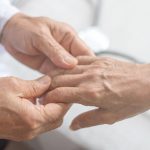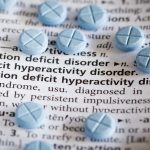
Obesity is on the rise across the United States. In 22 states, 35% of adults or more were obese last year, new data from the U.S. Centers for Disease Control and Prevention show. Just 10 years ago, there were no states that had obesity rates at or above 35%. “Our updated maps send a clear message that additional support for obesity prevention and treatment is an urgent priority,” said Dr. Karen Hacker, director of CDC’s National Center for Chronic Disease Prevention and Health Promotion. The 22 states with an adult obesity prevalence at or above 35% are Alabama, Arkansas, Delaware, Georgia, Indiana, Iowa, Kansas, Kentucky, Louisiana, Mississippi, Missouri, Nebraska, North Dakota, Ohio, Oklahoma, South Carolina, South Dakota, Tennessee, Texas, Virginia, West Virginia and Wisconsin. That’s up from 19 states in 2021. The CDC said the 2022 maps underscore the need to ensure that all people have access to healthy foods, safe places for physical activity and stigma-free obesity prevention and treatment programs. It also called for access to proven medications and weight-loss surgery. “Obesity is a disease caused by many factors, including eating patterns, physical activity levels, sleep routines, genetics and certain medications,” Hacker said in a CDC news release. “This means that there is no one size fits all approach. However, we know the key strategies that work include addressing the underlying social determinants… read on > read on >



























-300x200.jpg)










